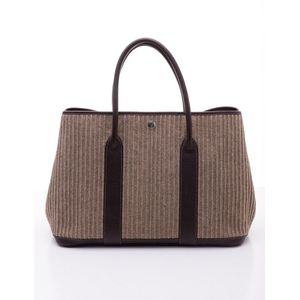German Maple Mantle Clock with Key Wind Movement
You must be a subscriber, and be logged in to view price and dealer details.
Subscribe Now to view actual auction price for this item
When you subscribe, you have the option of setting the currency in which to display prices to $Au, $US, $NZ or Stg.
- Pendulum - The pendulum was discovered around 1602 by Galileo Galilei, and was adopted for time keeping by the Dutch mathematician and natural philosopher, Christiaan Huygens, who excelled in astronomy, physics, and horology.
The pendulum comprises a metal rod usually of brass or steel with a metal disk, known as a bob, at the end. The movement of the pendulum is driven by weights or a spring, and as a pendulum swings in a regular arc, it was found accuracy could be controlled to within a few seconds a week.
Timekeeping can be adjusted by changing the height of the bob on the rod, making the pendulum either swing slower or faster.
The disadvantage of the pendulum was that changes in temperature also changed the length of the pendulum, interfering with the accuracy of the clock, and so in the 18th century two types of mercurial pendulums were invented which countered the movement in the steel rod.
The pendulum was the world's most accurate timekeeping technology until the invention of the quartz clock, regulated by a quartz crystal, in 1927. - Movement - The technical name for the workings of a clock or watch, and does not include the dial or case.
- Maple - Maple, native to North America, is a dense heavy timber from light to yellow-brown in colour. It has very little distincive graining unless it is one of the variants such as birds-eye maple or burr maple, so was not used extensively for furniture in 18th and 19th century, where cabinetmakers and designers preferred timbers with more distinctive features such as mahogany, walnut, rosewood and oak.
Birds-eye maple has a seres of small spots linked by undulating lines in the grain, is highly sough and is used as a decorative veneer. Burr maple has larger and irregular grain swirls than birds-eye maple.
This item has been included into following indexes:
Visually similar items

Louis Vuitton baguette handbag in monogram canvas, natural leather handle and trim, zipper closure, stamped 'Louis Vuitton, Made in France', with original dust bag

Loewe beige leather 'Doctor' bag gold brass hardware, stamped 'Loewe 1946' 27 x 32 x 23 cm

A garden party MM handbag by Hermes, in taupe wool and buffalo leather with contrast stitching, with silver metal hardware, stamped V with J in a box, 27 x 37 x 16 cm.

A tan Ostrich travel bag, Parapini. Lockable zipped suitcase compartment to base measuring 45 x 28 x 15 cm. Upper slouched compartment with zip closure and inner zipped pocket. Top handles and exterior zipped front pocket. Padlock and keys. Overall dimensi
